Toilet training and biting are two of the most contentious things puppy parents face.
Owning a dog is a rewarding experience, but dealing with inappropriate urination can be a challenging aspect of dog ownership, especially if you have an adult dog or a new puppy. In this guide, we will explore the various causes of inappropriate urination, ranging from medical issues such as urinary tract infections and kidney disease to behavioral problems like separation anxiety and excitement urination. We’ll delve into the best ways for dog owners to address these issues, using positive reinforcement and practical training techniques. So, let’s embark on the journey of successful potty training, understanding the root causes, and implementing effective solutions.
How To Potty Train
I mean this constructively: Your puppy is not special, different, difficult, stubborn, stupid, broken or any other adjective. They are simply, a puppy learning what we want – and it’s our job to make that as clear as possible.
This process will train a human child, a cat, a rabbit, or a puppy. Some learn quicker or slower than others, but they can all learn it.
If you’re encountering issues, take a step back, start again. The concept here is really simple, minimise the opportunity for error, and reward getting it right so we teach pup it pays well to pee/poop in where we would like them to. This is the single, shortest way to successfully toilet training.

This process works from puppyhood upwards.
STEP 1 – Watch Them
Do you know, this is the step that goes wrong the most often? When pup is awake you need to be watching them, and if they’re asleep, this is a great time for you to get things done. Minimise potential for accidents with the use of a crate, or playpen for when you can’t necessarily watch them.
STEP 2 – Give breaks
Take pup out at the following times;
- After sleeping
- After playing
- After eating
- After drinking
Then ensure regular toilet breaks are offered when awake and that we watch puppy thoroughly for signs like
- Lots of sniffing
- Circling
- Abrupt changes in behavior (e.g. switching from playing to sniffing quickly)
- Pacing
- Attention seeking
- Squatting
Which all may indicate that puppy will need or want to go to the toilet. This, however, is all unique to your puppy, and your puppy will require you to be observant and notice those signals.
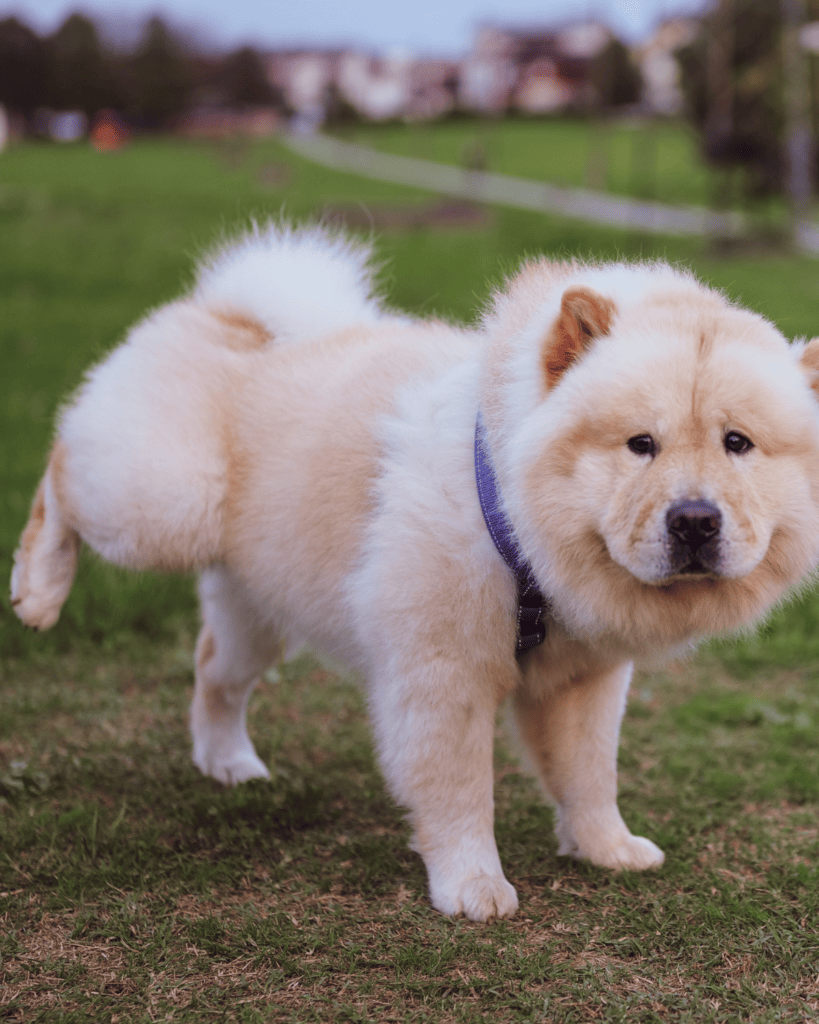
STEP 3 – Reward
Reward really well for going to the bathroom outside! Think of food as the mutual language between you and puppy that explains that this is the best way to live with humans. don’t pee indoors, don’t poop indoors, because it’s really rewarding to go outside.
Note: Even when you think you’ve completed your toilet training, continue to reward puppy for going outside for at least a month! A lot of the time we see regression in toilet training because we’ve eased off on the rewards.
Troubleshooting Your Toilet Training
If puppy isn’t going when you’re outside you can try the following things:
- Try hyping them up – putting energy into their movement can stimulate the bowls.
- Try again in 5 mins
- If you give up and go in, watch them as soon as you come in!
What should you do if puppy makes a mistake?
Beyond this, mistakes are human error, we made the rules that indoors isn’t ok to pee/poop in, we’re teaching the rules, and our student doesn’t speak English and has a significantly lower IQ than we do. So if slip ups happen? Clean it up and move on.
Should You Punish Pup For Toileting In The Wrong Place?
Nope! As we said above, any “mistakes” made by pup are almost always your fault, and when they’re not, they’re usually medical!
This includes “No” (firm or otherwise), rubbing noses in it, yelling or anything similar. Punishment has no place in modern training.
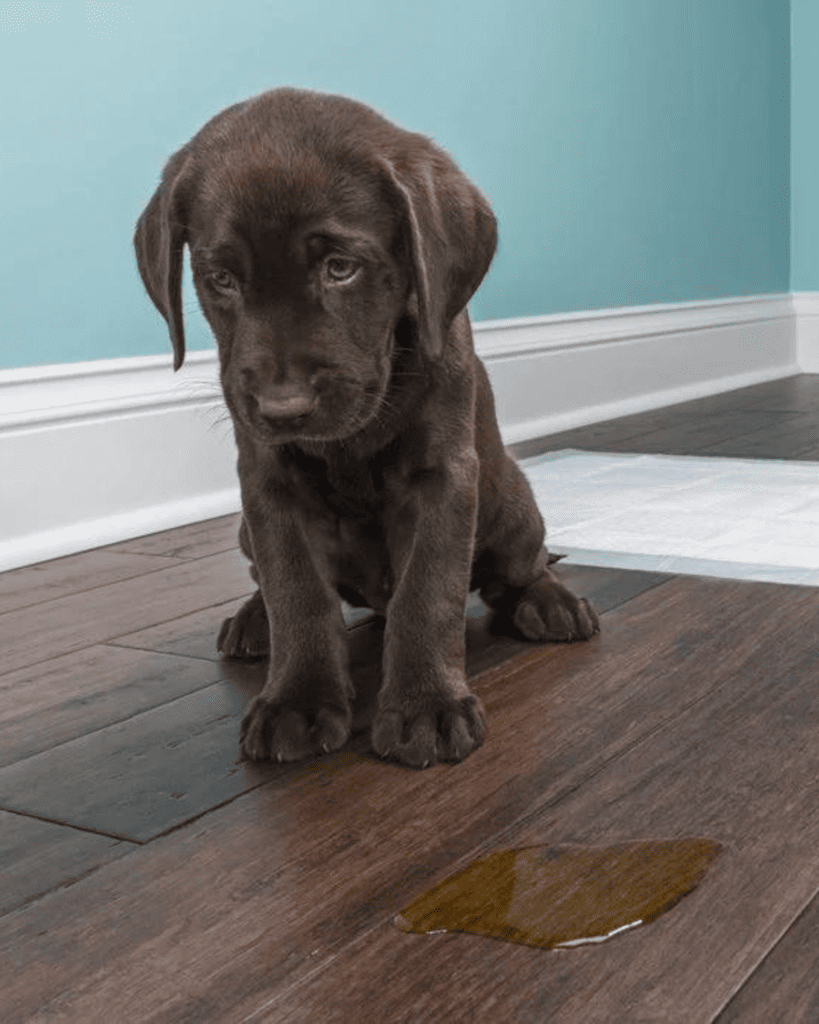
Common Reasons For Regression In Toilet Training
I mentioned this above briefly, but regression does happen! It happens a lot.
- Reducing rewards too quickly
- Changing the goal posts/criteria of a successful potty, too quickly
- Giving too much freedom too quickly
- Expecting too much, too quickly.
Honestly, Toilet training isn’t too complex – it’s really frustrating absolutely – but it’s doable. When all this is in place it’s simply about being consistent.
Why Do Dogs Pee Inside?
Sometimes, when toilet training isn’t going well, we can feel like things just arent working out for us or our dogs, and it’s a good idea to have a check and see if you are doing things right! Which may be why you’re here. So here’s the most
1 – Lack Of Training
Honestly, this is the most common reason dogs or puppies pee in the home is because their training hasn’t been done or isn’t complete. In that Instance, I’d go back to the steps above and see if it makes a difference!
2 – Medical Causes
Adult dogs, being creatures of habit, may face a common problem of inappropriate urination, often attributed to various medical issues. One prevalent issue is urinary tract infection (UTI), a discomforting condition causing frequent urination and prompting the dog to relieve itself indoors. Dog owners must stay vigilant for signs of a UTI, such as increased urgency and discomfort, and consult with a veterinarian if any symptoms arise. Addressing UTIs promptly is the best thing for the dog’s well-being and prevents the habit of indoor accidents from forming.
Additionally, other medical problems like bladder stones and kidney disease can contribute to inappropriate urination, especially in elderly dogs. Regular veterinary check-ups are the proper way to catch and address these most frequently seen health problems early on. For older dogs facing these challenges, control of their bladder becomes even more crucial. Certified professional dog trainers can play an important role in guiding dog owners on the right thing to do, implementing strategies for potty training in older dogs.
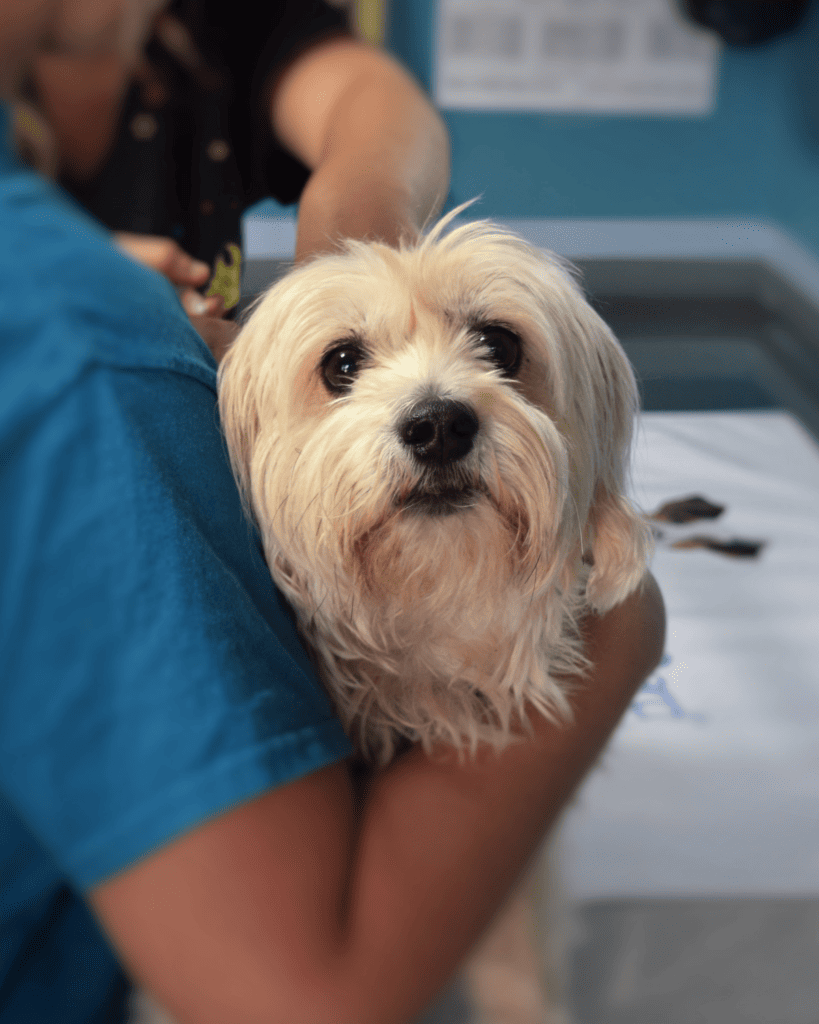
In rare cases, medical reasons may lead to sudden changes in a dog’s urination habits. It could be a new development, especially if the dog is a potty-trained dog accustomed to a specific indoor dog potty or potty spot. Dog owners might notice a pee smell in the house, necessitating immediate attention to identify the right spot for addressing the issue. In such situations, a laundry room can serve as a temporary confinement area, providing the dog with a small space while the family member seeks advice from a certified professional dog trainer. Even for a young puppy facing these challenges for the first time, understanding the importance of proper training and addressing possible reasons, such as territorial marking, is a good thing for both the dog and its owner.
3 – Behavioral Causes
Behavioral issues, alongside medical causes, contribute significantly to the challenge of inappropriate urination in dogs.
One prevalent behavioral issue is separation anxiety, which is common in both older dogs and new pets. When left alone, a dog may manifest this behavioral issue by having indoor accidents. Pet parents often notice that their dog keeps displaying destructive behaviors, such as chewing furniture or excessive barking, as a response to the stress of being separated.
Understanding and addressing separation anxiety is crucial for pet parents, as it is one of the most common reasons for indoor accidents.
New pets, especially puppies, are creatures of habit and may struggle to find the right place for bathroom breaks in their new home.
Excitement urination is another behavioral cause, particularly in young dogs. The presence of guests or the excitement of new experiences can trigger a puppy to urinate uncontrollably. This behavior is especially common in female dogs. For dog parents, it’s essential to recognize these triggers and manage the excitement appropriately. Whether it’s a young dog or an elderly dog displaying these behaviors, providing proper training and understanding their unique needs is crucial. It’s the right way to ensure that much water consumption or the arrival of new cats doesn’t lead to indoor accidents, creating a positive environment for both the dog and its owners.
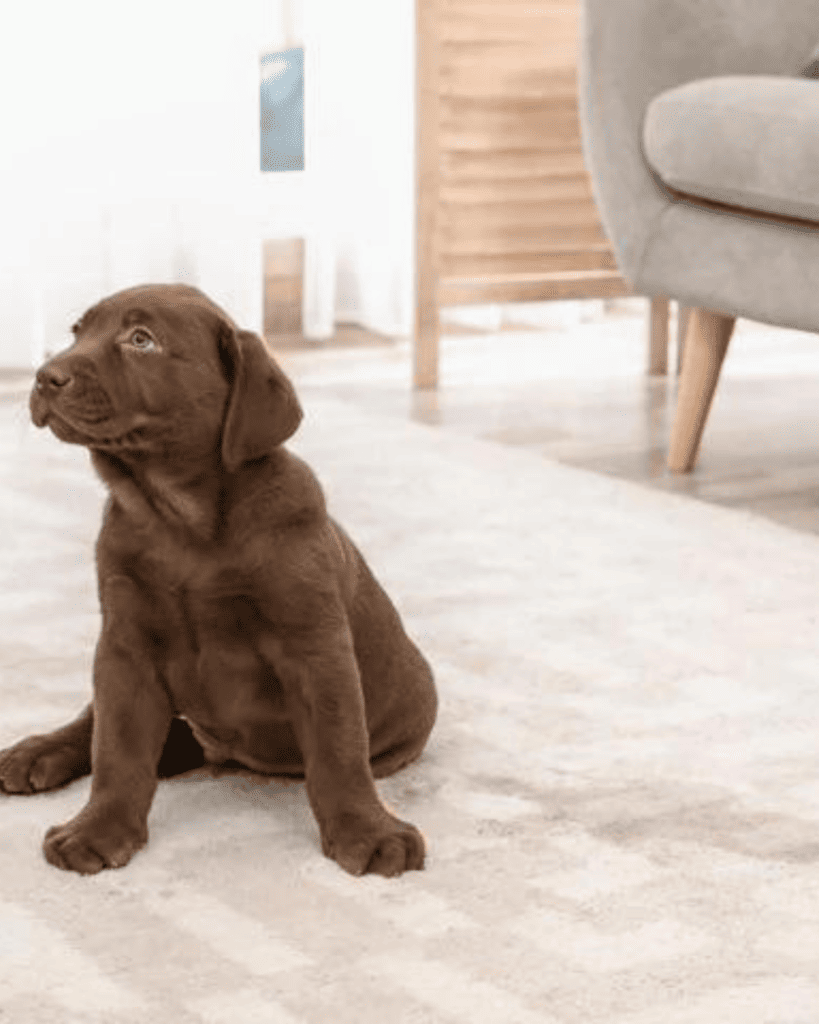
Identifying the Root Cause
To effectively address inappropriate urination, dog owners should make it a priority to pay close attention to their dog’s behavior. This is especially crucial if there have been changes in their routine or environment, such as a move from a previous home. Observing their furry friend’s habits, both during the day and at night, can provide valuable insights into potential issues. For instance, if a house-trained dog suddenly starts urinating indoors or a puppy keeps avoiding the litter box, these behavioral changes may indicate an underlying problem.
Depending on your instinct is, you’ll want to consider whether it’s likely to be medical, or behavioral. You’ll want to pick a great vet, or a phenomenal trainer respectively depending on what you think the problem might be.
A vet or a trainer can help differentiate between medical and behavioral causes. If a urinary tract infection or another medical condition is suspected, seeking professional advice is paramount. This step ensures that the appropriate tests, including collecting a urine sample, are conducted to accurately diagnose the root cause of the problem.
If that Collecting a urine sample for analysis is a crucial part of the diagnostic process. This simple yet important task allows veterinarians to gain valuable insights into the dog’s health. For instance, the color, odor, and composition of the dog’s urine can provide clues about potential issues. This proactive approach by dog owners in actively participating in their furry friend’s healthcare is essential. It not only helps in the timely diagnosis of medical problems but also guides the veterinarian in recommending appropriate treatment, ensuring the well-being of the dog.
Taking the First Step
Once the root cause of inappropriate urination is identified, taking the first step is crucial in addressing the issue effectively. Establishing a daily routine becomes a cornerstone for both adult dogs and new puppies. Consistency is key, creating a predictable schedule that provides a sense of security for your furry friend. This routine helps them understand when it’s the right time and place to relieve themselves, fostering a positive environment for successful potty training. Whether it’s the last night or the first time implementing a routine, the goal is to create a structured and reassuring atmosphere for your dog.

Providing proper potty breaks is equally vital in the journey towards successful potty training. This is especially true for puppies and older dogs, whose needs may vary. Close attention to the dog’s behavior, especially during bathroom breaks, allows owners to understand their specific needs. Whether it’s the last night before establishing a routine or a regular day, paying attention to cues and timing is crucial. Positive reinforcement becomes the go-to approach during these breaks, with rewards for good behavior and the avoidance of punishment. This positive association encourages the dog to repeat the right behavior, reinforcing the importance of consistency in the training process.
Dog urine plays a significant role in this training process, serving as a key indicator of the effectiveness of the established routine. By observing the color, odor, and frequency of dog urine, owners can gauge the success of their potty training efforts. Adjustments can be made based on these observations, ensuring that the dog’s needs are met consistently. This proactive approach, whether it’s the last night of inconsistent routines or a regular training day, contributes to a positive and successful potty training experience for both the dog and its owner.
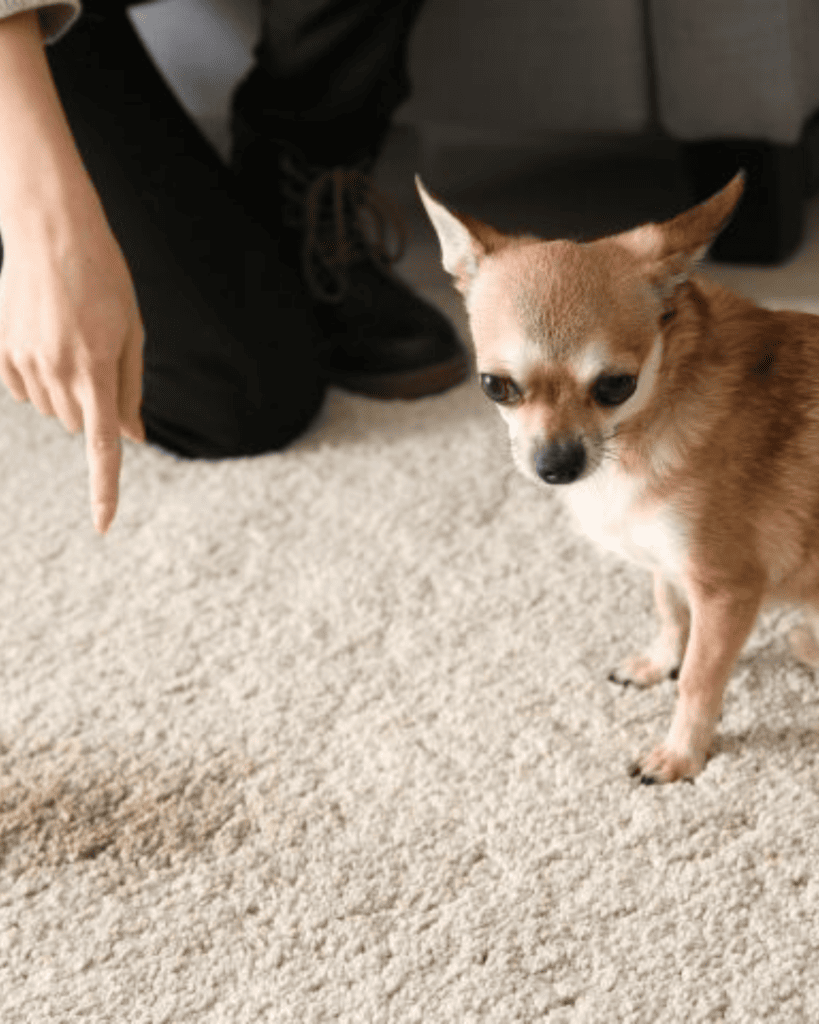
House Training Aides
Crate Training
Crate training stands out as a highly effective method for many dog owners aiming to prevent indoor accidents. By creating a small, confined space within the crate, owners can control the dog’s movements and encourage bladder control. This controlled environment serves as a secure and comfortable space where the dog can feel at ease. Constant supervision during the training process is crucial, allowing owners to promptly correct any undesired behavior and reinforce positive habits. The crate becomes a valuable tool in establishing a routine, providing a sense of security for the dog, contributing to successful potty training and creating a harmonious living environment.
If you want more on crate training, go check out the The Rebarkable Crate Training Information Center!
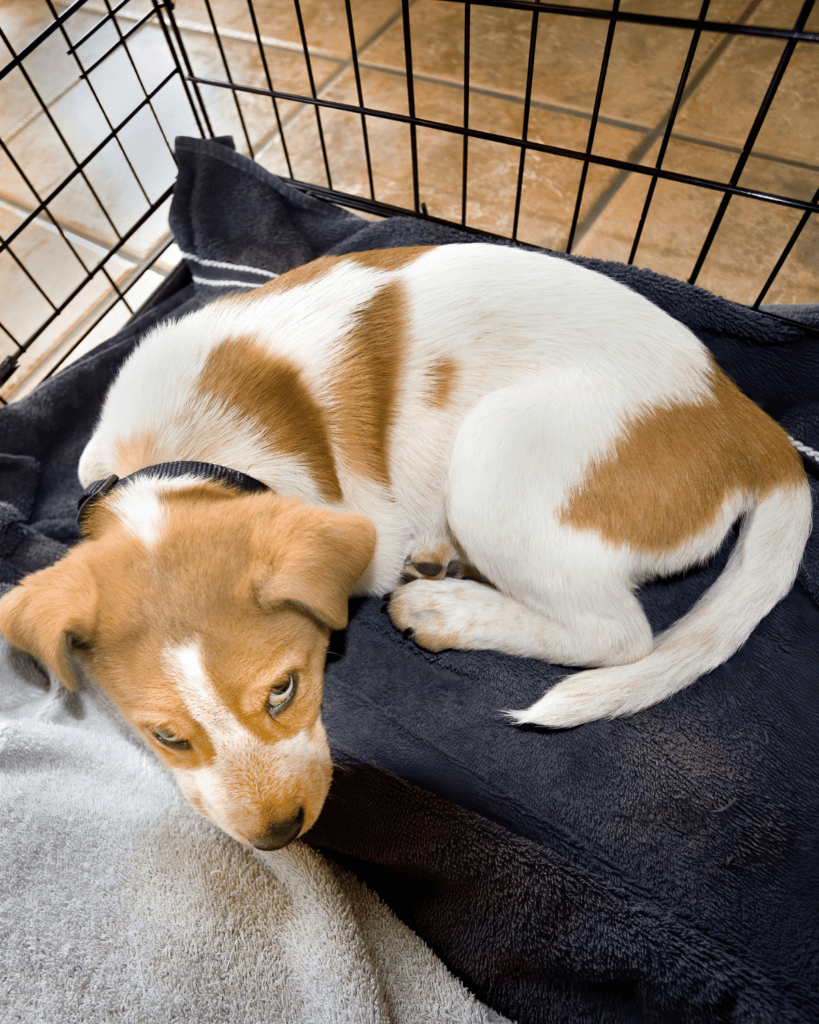
Puppy Pads
In specific situations, particularly with young puppies, the use of pee pads in a designated indoor area can be a beneficial strategy. This method provides a controlled space for the puppy to relieve itself and allows for a gradual transition to outdoor potty training. Pee pads offer convenience during the early stages of a puppy’s training, minimizing indoor accidents and offering an alternative to immediate outdoor access. However, it’s crucial for dog owners to be mindful not to rely on pee pads for an extended period. The ultimate goal remains to have the dog eliminate waste outdoors, encouraging a natural and healthy behavior. As the puppy becomes accustomed to the routine, gradual adjustments should be made to promote a seamless transition to outdoor potty training, fostering a positive and long-term habit.
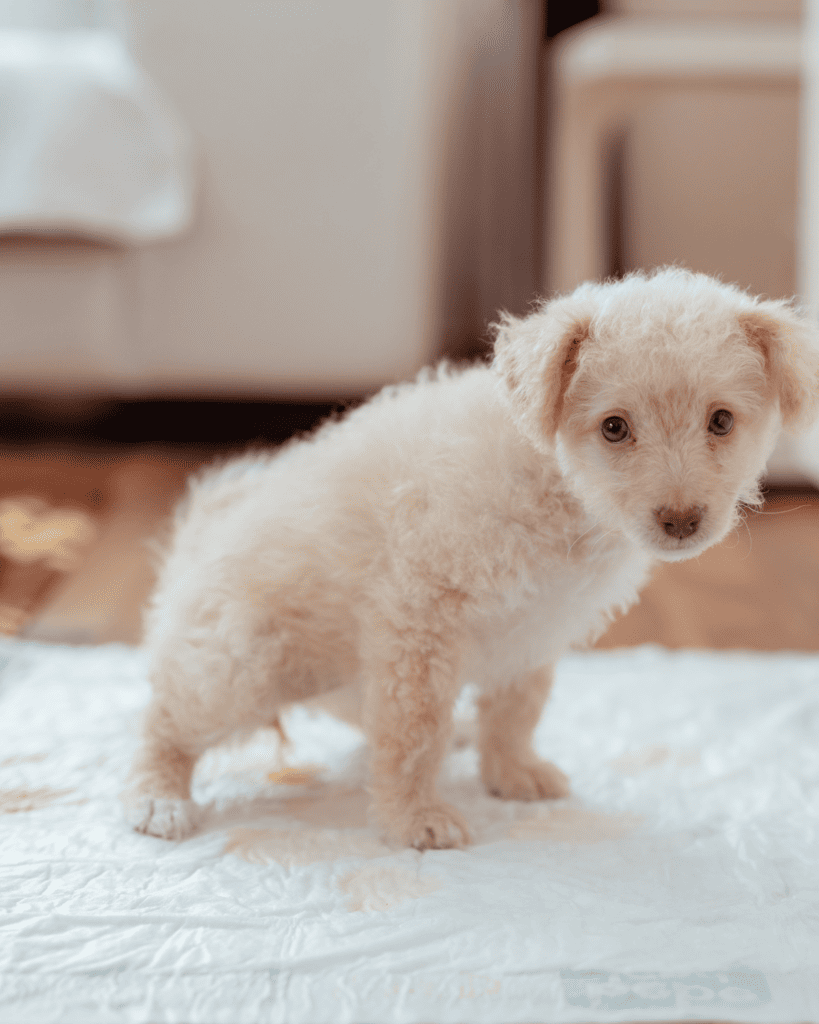
Management Solutions
Addressing separation anxiety is crucial for preventing indoor accidents when the dog is left alone. Introducing a baby gate for controlled access can be a helpful tool, allowing the dog to roam in a restricted area. Minimizing loud noises that trigger accidents and consulting with an animal behaviorist for complex issues are additional strategies for overcoming behavioral problems.
Dealing with Indoor Accidents
Enzymatic cleaners are invaluable for tackling urine odors. Proper cleaning techniques are essential to discourage repeat accidents. Creating a designated “pee spot” for the dog, using positive reinforcement, reinforces the right behavior.
Special Considerations
Elderly dogs and new puppies have their unique challenges. Adjusting strategies for different age groups is essential for successful potty training. Senior dogs may need extra attention to their health issues, while new puppies require patience and a consistent routine.
Long-Term Success
Consistency in training is the key to long-term success. Regular veterinary check-ups for health issues ensure that any problems are addressed promptly. Adjusting strategies for different age groups, from young puppies to senior dogs, contributes to a successful and responsible dog ownership experience.
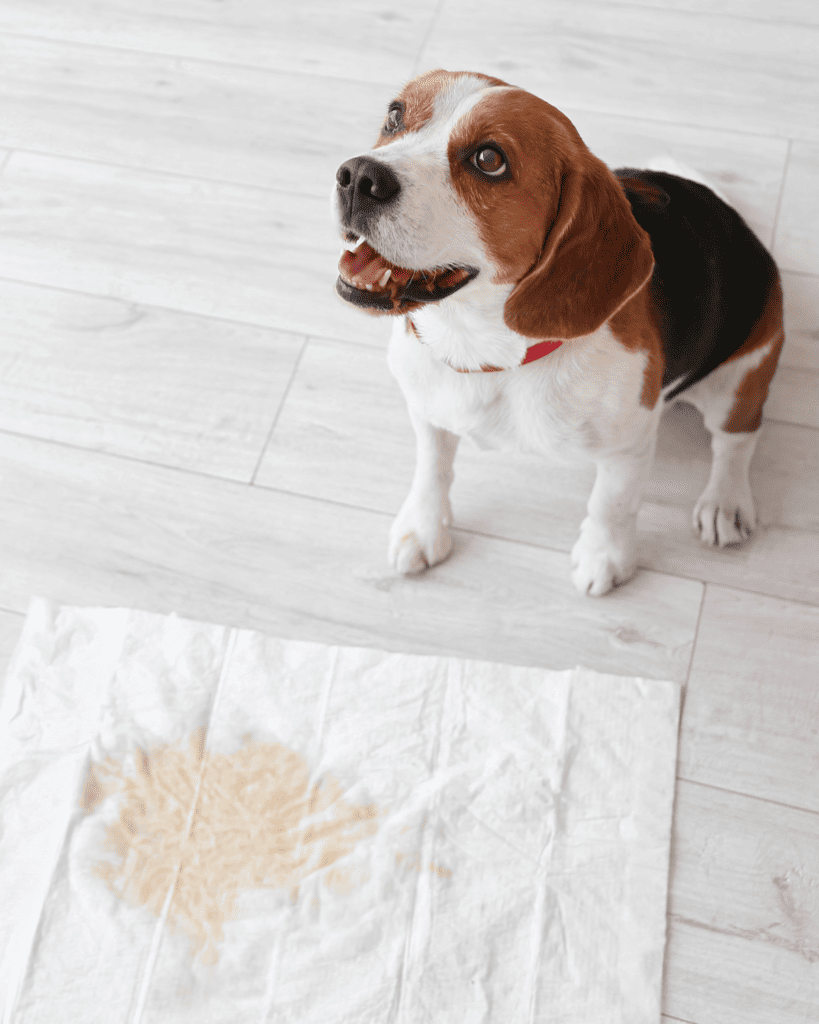
Toilet Training Takes Time
Mastering the art of dog training requires a holistic approach that considers both medical and behavioral aspects, but usually it’s mostly about the training! Invest your time, your eyes and observational skills in your pup and I promise you you’ll begin to see the signs that your puppy or dog is going to go, and then you have a training opportunity.
Each successful opportunity will help to build you towards a dog who knows exactly where they’re meant to go to the bathroom.

Author, Ali Smith
Ali Smith is a professional, qualified, and multi-award winning trainer is the founder of rebarkable. She has always believed animals deserve kindness and champions force free methods. Believing that dog guardians will all choose the kindest options if proper information is provided, she aims to help all dog guardians who need it and make dog training as accessible as possible
Ali lives win Maryland, US with her husband and her three dogs.

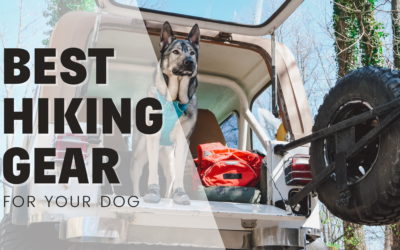

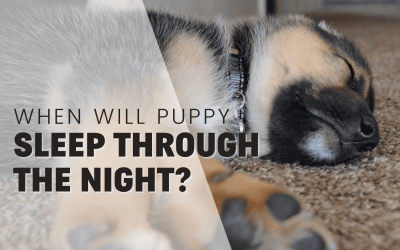
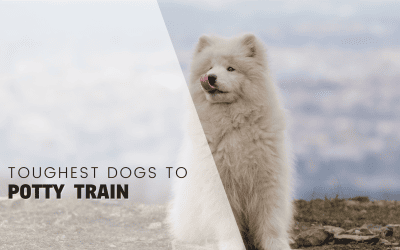

0 Comments